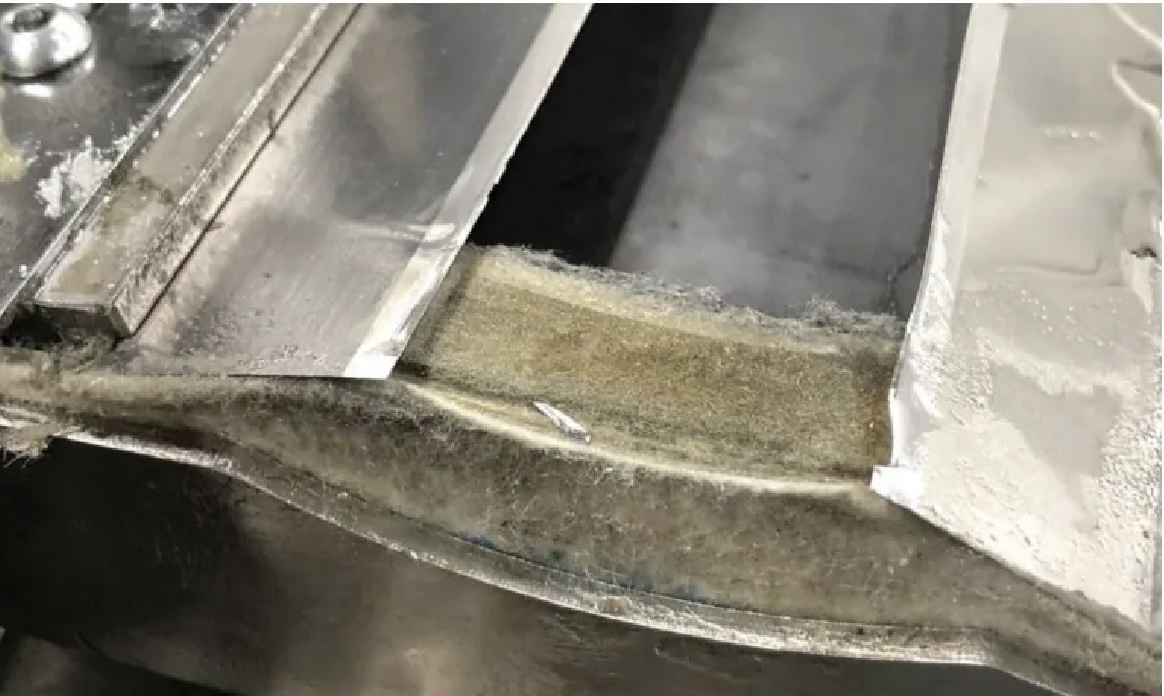HOW TO: Build a Better Chamber
- Published: September 09, 2024
There are several ways to build an ink chamber that will deliver exactly the results you need every time you fire up the press, but unfortunately, you must do it repeatedly. Learning to do it right helps ensure consistent performance from every chamber you build. It's easier if you have a narrow- or mid-web press because all the parts are visible and usually easily accessible. It's more difficult with a big CI press but once you're familiar with the process it becomes much easier. Either way it all comes down to the parts you use.

The most common issue is doctor blades. They are basically strips of steel that look essentially the same except for different tips. However, there can be remarkable differences in their performance, all of which can and do show up on press.
Doctor blades, aka metering blades, control the amount of ink that is spread across your anilox roll. So, you put a blade in place, fire up the press and the job runs. All is well for a few jabs, and you are getting the most out of the low-cost blade you're running. Then you load up the last job of the day, 29,000 feet of 20-inch-wide labels, figuring it will wrap up on second shift and there'll be plenty of time for your crew to clean up before they go home. But no. About 7:45 PM your pressman notices a problem, a streak running an inch or so in from left edge. It looks like there's a problem on the deck being used to put a clear coating on the label and that it has been going on for about 20 minutes. The press is now stopped.
The pressman is checking to see if something is caught under the blade when he notices the tip of the doctor blade is breaking up. He also spots an eighth-inch shard of the containment blade lying loose on the end seal. This reminds him, he did not bother to replace the magnets in the chamber during the full clean up earlier in the shift either.
He goes and puts on new blades, gets the press up to speed and color again, burns through a few hundred feet more of substrate and all is well on the shop floor... Except that that failed blades just cast you $1,700 in substrate, consumables, ink, and downtime. Plus, the extra hour the pressman spent on clean up after the shift ended.
With a long enough press run this scenario can happen no matter which blades you choose but is less likely to raise your blood pressure when you use higher quality blades because they can run longer before replacement is required. Blades that only work well for a shift or two are more likely to shed bits of blades when the press is running. High-quality Swedish steel blades break into smaller pieces that are less likely to damage an anilox roll.
All doctor blades are consumables, and while Provident's doctor blades also break down, they last, on average, three or four times longer than less expensive blades. When you run the numbers-including the all-to-real cost of press downtime-it's your call as to whether paying a little less per blade is worth the risk of added downtime, lost substrate and anilox wear.
Using better blades is especially important when running abrasive fluids, like white ink, which contains titanium dioxide or certain coatings. With those substances, using a harder, more durable blade is essential to keeping a press running and delivering the quality you need.
The other item to consider is your end seals, and that's a story for another day. Suffice it to say, end seals— especially as your press ages— are a vital part of building a better chamber and making sure you don't have to stop in the middle of a run.
For a free evaluation of the ink systems on your flexo presses contact the Provident team.




